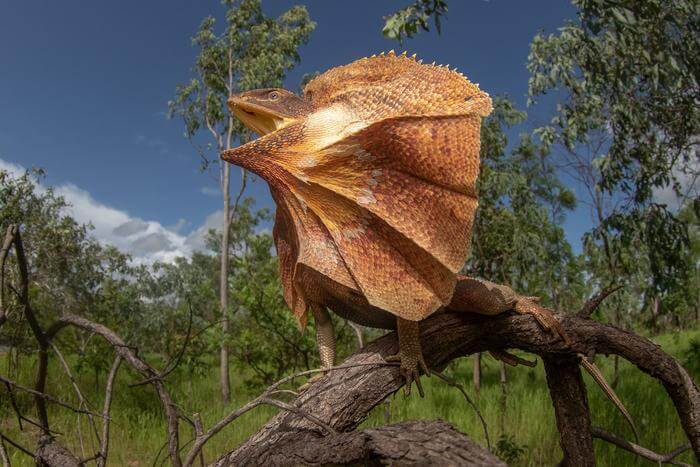The stark contrast in wildlife between Australia and its neighboring Asian countries has long intrigued biodiversity researchers. Known as the Wallace Line, this invisible biogeographical boundary separates distinct faunal ecosystems. While Alfred Russell Wallace, the renowned British naturalist, first observed this phenomenon in the 19th century, the underlying reasons behind this divide have remained largely unexplained.
Scientists have proposed plate tectonics as a potential explanation. Roughly 45 million years ago, the Australian Plate began drifting northward, converging with the Eurasian Plate. This geological process brought two continents closer together and facilitated the movement of land creatures between them. The resulting tectonic activity also gave rise to numerous volcanic islands, acting as stepping stones for migration between Australia and Asia.
However, the question of why more species successfully made the journey from Asia to Australia compared to the reverse has remained a mystery. To shed light on this asymmetrical distribution of vertebrates along the Wallace Line, a team of researchers led by Loïc Pellissier, Professor of Ecosystems and Landscape Evolution at ETH Zurich, developed a new model.
Their study, published in Science, combines climate reconstructions, plate movements over the past 30 million years, and comprehensive data on approximately 20,000 birds, mammals, reptiles, and amphibians in the region. The researchers aimed to understand how adaptations to the climatic conditions in each continent’s respective areas of origin influenced the distribution of fauna across the Wallace Line.
The simulations conducted by the researchers revealed that animals originating from Asia were more likely to traverse the Indonesian islands and reach New Guinea and northern Australia. These islands offered a tropical and humid climate, to which Asian fauna were already well adapted. In contrast, Australian wildlife had evolved in a cooler and increasingly arid climate, making it less successful in colonizing the tropical islands.
The tropical climate of the islands favored species that could tolerate a wide range of climatic conditions. These adaptable creatures found it easier to establish themselves in Australia after crossing the islands of the faunal region known as Wallacea. Tropical species often possess traits such as faster growth and higher competitiveness, enabling them to thrive in diverse ecosystems with intense interspecies competition. In contrast, organisms in harsher climates like the colder and drier regions of Australia have evolved specific adaptations to cope with drought and heat stress.
According to Pellissier, understanding the historical context is crucial for comprehending today’s patterns of biodiversity distribution. The findings underscore the need to consider geological development and prehistoric climatic conditions in the study of current biodiversity. This knowledge also holds significance in the context of invasive species, as human-mediated species exchange continues to shape ecosystems worldwide. By studying the factors influencing species exchange over long time scales, researchers can better assess the consequences of human-induced invasions and their impact on ancestral fauna and flora.
The research highlights the enduring influence of past epochs on present-day biodiversity patterns and emphasizes the importance of understanding the origins of species distribution. By unraveling the intricate relationship between geological processes, climate, and wildlife dispersal, scientists gain valuable insights into the complex interplay of ecosystems across time and space.


